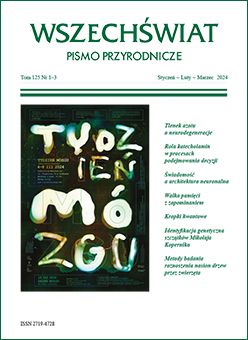Abstract
The author of De Revolutionibus Orbium Coelestium, Nicolaus Copernicus was buried in an unnamed grave in Frombork Cathedral. Attempts to find the grave of the great Polish astronomer, which had been made since the early 19th century, were successful at the beginning of the 21st century, thanks to extensive research carried out by an interdisciplinary team led by Professor Jerzy Gąssowski. The anthropological evidence was supported by genetic evidence, considered the most reliable in the human identification process. Studies of skeletal fragments of an approximately seventy-year-old man found in Frombork Cathedral near the Holy Cross altar, where, according to Dr Jerzy Sikorski's hypothesis, Nicolaus Copernicus should have been buried, made it possible to obtain genetic profiles in terms of mitochondrial and nuclear DNA. Comparative studies were carried out thanks to hairs found in the Calendarium Romanum Magnum, held by our astronomer for more than 20 years. They showed a match between the mitochondrial DNA profiles determined in the skeleton and in the two hairs found in the Calendarium. Genetic analysis also showed that our eminent scientist most likely had a blue eye colour. Nicolaus Copernicus was reburied in Frombork Cathedral on May 22, 2010.

